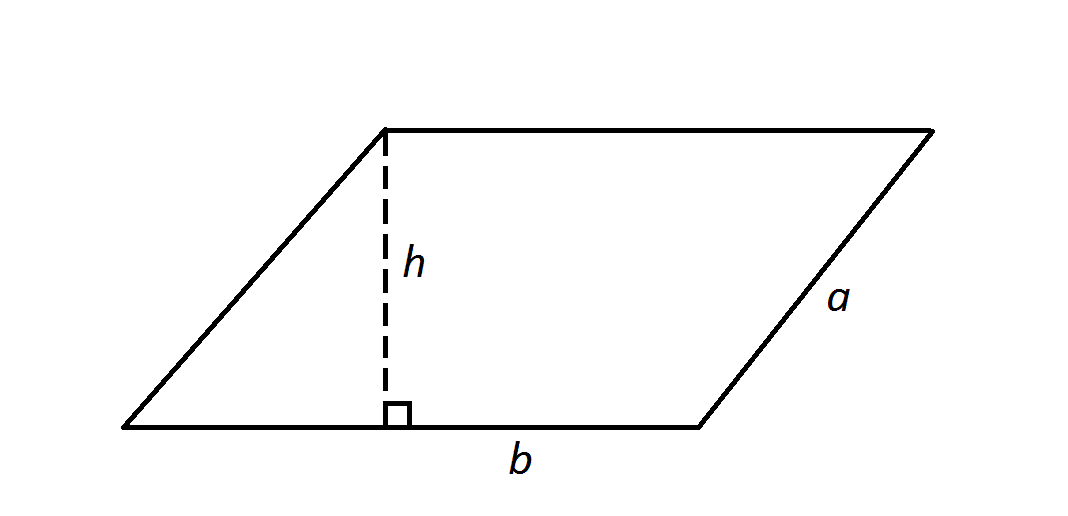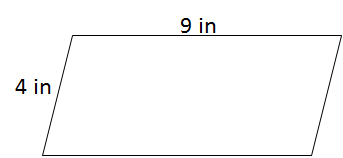All ISEE Middle Level Math Resources
Example Questions
Example Question #122 : Geometry
18 in
26 in
13 in
36 in
26 in
To find the perimeter of a parallelogram, add the lengths of the sides. Opposite sides of a parallelogram are equivalent.
Example Question #2091 : Isee Middle Level (Grades 7 8) Mathematics Achievement
If the perimter of a parallelogram is 

The answer cannot be found
The perimeter of a parallelogram is found by adding up all four sides.
Since there are two pairs of side with equal lengths, two sides must have a length of 
So the perimeter would be


To find the value of the other side length, you would divide the remaining perimeter not include in the other sides by 
So 
That means the other side length would be 
Example Question #1 : Parallelograms
If a parallelogram has side lengths of 

The perimeter of a parallelogram is two times the two side lengths and add them together.
Therefore, this particular problem becomes as follows.

and

so

Example Question #123 : Geometry

Note: Figure NOT drawn to scale.




Find the perimeter of the parallelogram in the diagram.
The perimeter of the parallelogram is the sum of the four side lengths - here, that formula becomes

Note that the height 
All ISEE Middle Level Math Resources




















